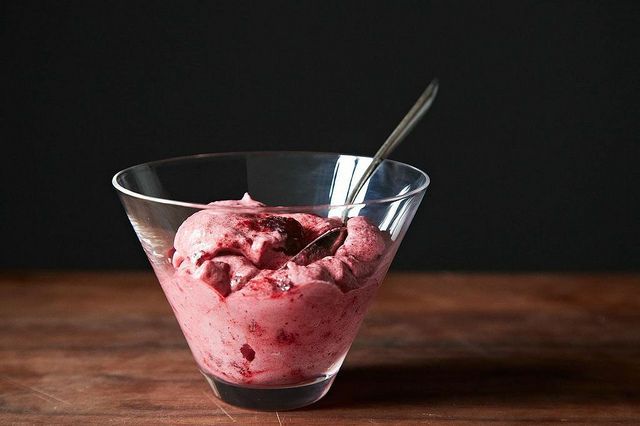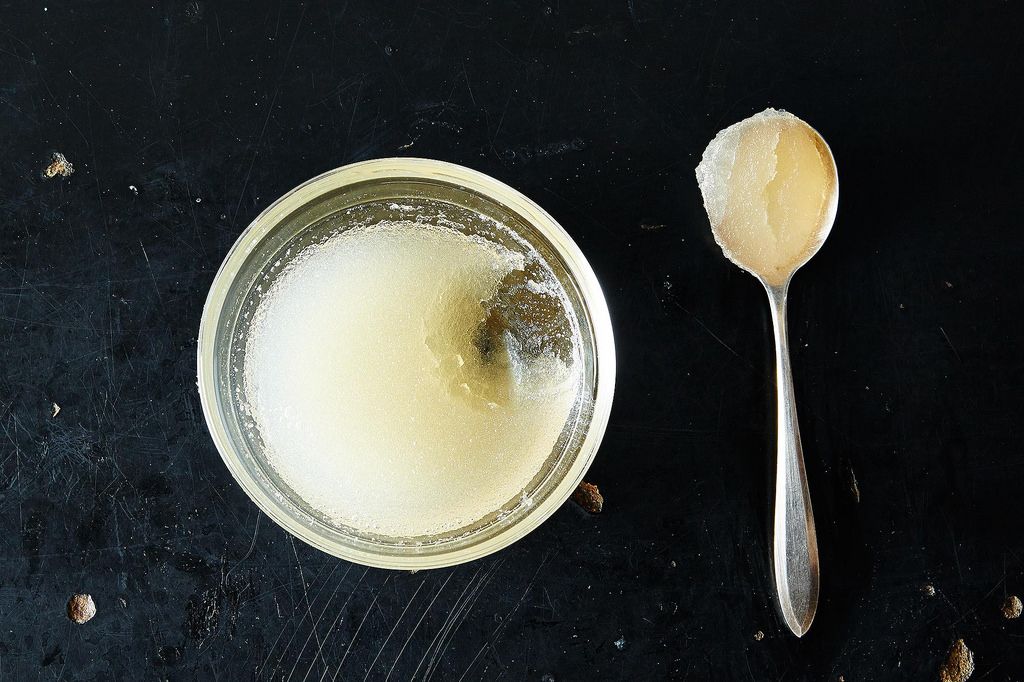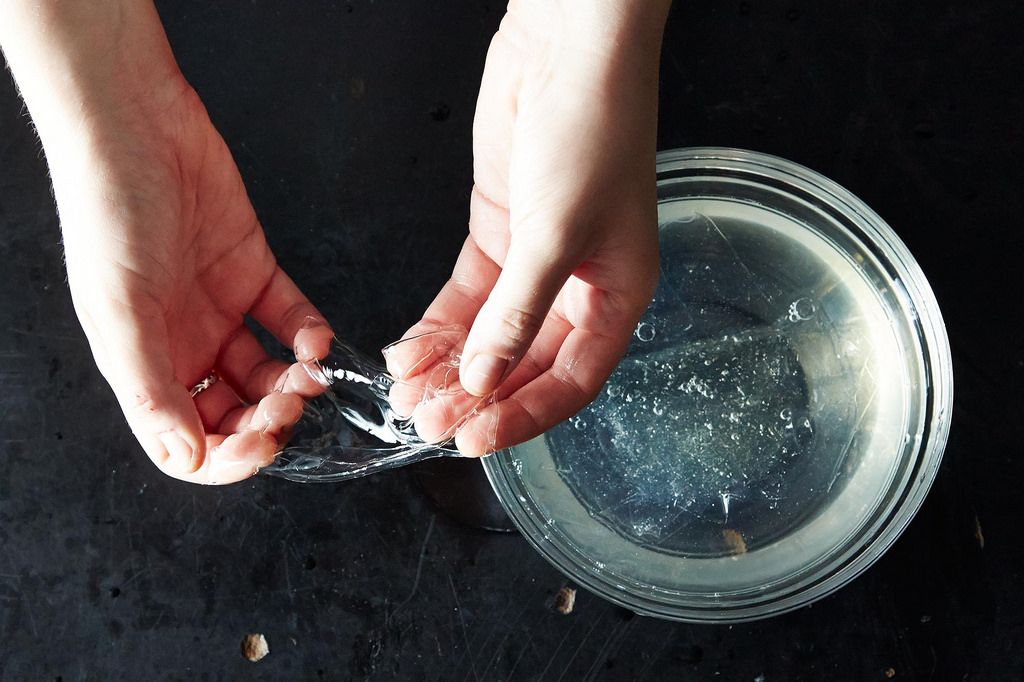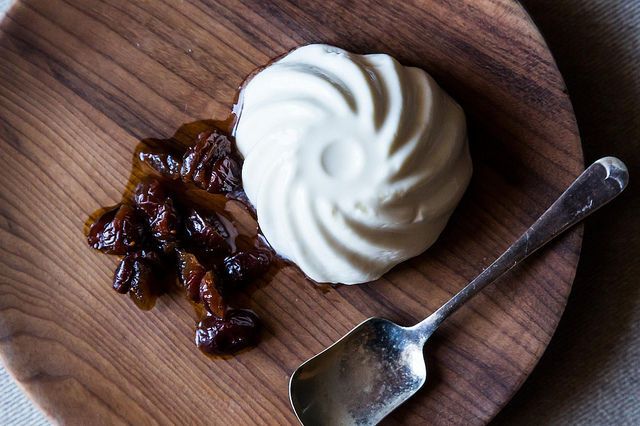Popular on Food52
9 Comments
Marceyn
September 28, 2021
I couldn't find any useful article about gelatin before. Thanks to the Food52 team. There is another article inspired by this article, which may be useful if you want to examine it. https://www.yemektarifciniz.net/jelatin-nedir-nasil-kullanilir/
Michelle
April 30, 2021
Hi, I know this is an old thread, but I am hoping you can still answer my question: If a recipe calls for 4 grams of gelatine (sheet/leaf form), how many sheets is that equal to? I have the gold leaf gelatine, but I haven't tried using it yet. My recipe is for a berry mousse, so I will be adding it to a cup of berries, sugar, water purée. Thank you.
Christina @.
July 2, 2014
I like to use a little to make stablized whipped cream for frosting certain cakes in summer, especially if the cake has fresh berries between the layers.
Gelatin also makes for a fun art project :-) http://myhomespunhome.wordpress.com/2012/07/09/art-for-the-non-artist/
Gelatin also makes for a fun art project :-) http://myhomespunhome.wordpress.com/2012/07/09/art-for-the-non-artist/
Noelle C.
July 2, 2014
Buttermilk pannacotta is one of my go-to desserts. You can top it with all kinds of seasonal fruit! I've also made lovely fresh grapefruit jelly to add to a brunch, and champagne jelly cubes to add to fruit salad.
HalfPint
July 2, 2014
This past year, I'd taken to making my own jelly fruit cups with fruits that I love like lychee. Super easy and not as sweet as the stuff in the stores.
Catherine L.
July 2, 2014
Like a homemade, delicious version of those weird fruit cups you got at the elementary school cafeteria!






See what other Food52 readers are saying.